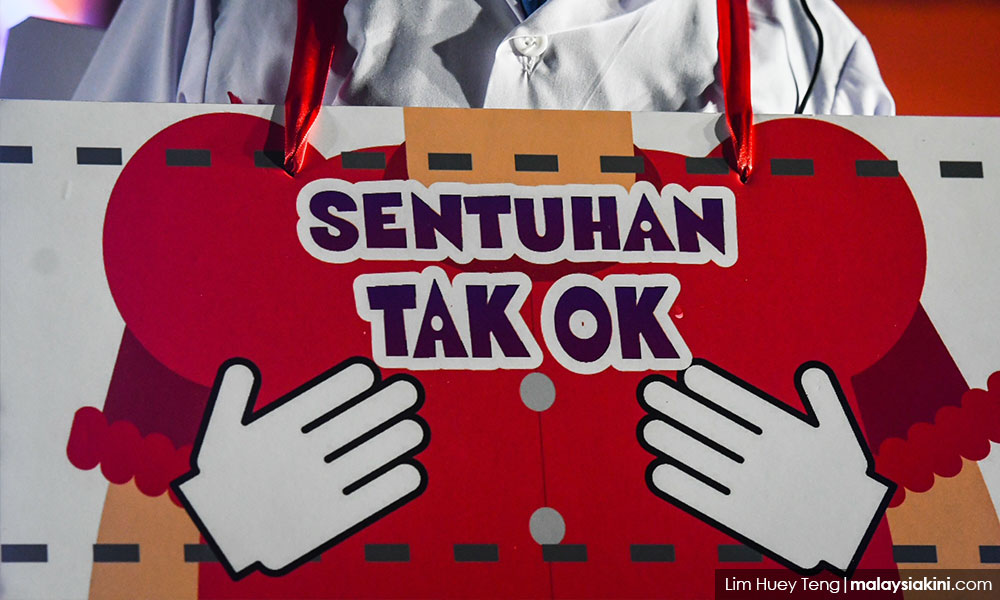LETTER | Hand, foot and mouth disease (HFMD) is caused by a virus (usually from the coxsackie group of enteroviruses, particularly coxsackievirus A16). It causes blisters on the hands and feet, in the mouth and often in the ‘nappy’ area. It is generally a mild disease that lasts seven to 10 days.
HFMD occurs mainly in children under 10 years of age but can also affect older children and adults. Outbreaks may occur in childcare settings. By the time they are adults, most people have been infected with the virus that causes this disease.
Spread of HFMD
This infection is spread by direct contact with fluid from the skin blisters, nose and throat discharges (including saliva, sputum or nasal mucus), droplets (sneezing, coughing) and faeces (poo). Good personal hygiene is important to prevent the spread of the infection to others.
The skin blisters of HFMD are infectious until they become crusty, and there is no fluid in the blisters. The virus may also be shed in the faeces for several weeks after the blisters resolve.
HFMD symptoms
People usually develop symptoms between three to seven days after being infected.
The most common symptoms include:
Fever
Sore throat
Small, blister-like lesions that may occur on the inside of the mouth, sides of the tongue, palms of the hands, fingers, soles of the feet and ‘nappy’ area
Children are often irritable, tired, and may be off their food.

Treatment for HFMD
HFMD is a mild illness that resolves within a week. There is no specific treatment, and usually, none is required.
Use paracetamol (not aspirin) as directed for fever and any discomfort. Offer plenty of fluids, but avoid orange juice, which is acidic and may cause pain with mouth ulcers.
Allow blisters to dry naturally. Do not pierce blisters, as the fluid within them is infectious.
If a child with HFMD complains of severe headache, if fever persists, or if there are any worrying symptoms, consult your doctor immediately.
Prevention of HFMD
Good personal hygiene is essential to prevent the spread of HFMD to others, both for those infected and their carers:
Ensure hand hygiene at all times. Wash hands carefully with soap and water after contact with the blister-like lesions, after handling nose and throat discharges, and after contact with faeces, such as with toileting and nappy changing.
Thoroughly wash and clean any soiled clothing and surfaces or toys that may have been contaminated.
Sneeze into your elbow.
Use separate eating and drinking utensils.
Avoid sharing items of personal hygiene (such as towels, washers and toothbrushes) and clothing (particularly shoes and socks).
Children with HFMD should be excluded from school and childcare centres until all of the blisters have dried. To assist in the prevention of spread, parents should report the illness to the director of the childcare centre or school principal.

What to do when your child is showing symptoms of HFMD
When your child is showing symptoms of HFMD, the most important thing you can do is not to panic. It is a “self-limiting” disease which means it can cure by itself, with time. Meanwhile, you can help your child eat better with:
Over-the-counter pain relievers like paracetamol or ibuprofen (brufen)
Mouth sprays to disinfect and numb the ulcers.
Cold and soft meals such as yoghurt, jelly or smoothies to soothe a sore throat. Avoid juice and soda, which have acids that might irritate a sore throat.
If your child is showing persistent symptoms of HFMD and is still having difficulty eating, please seek advice and treatment from your paediatrician.
DR NOMEE ASHIKIN MOHAMMED RADZI is a paediatric cardiologist and paediatrician at KPJ Ampang Puteri Specialist Hospital.
The views expressed here are those of the author/contributor and do not necessarily represent the views of Malaysiakini.





